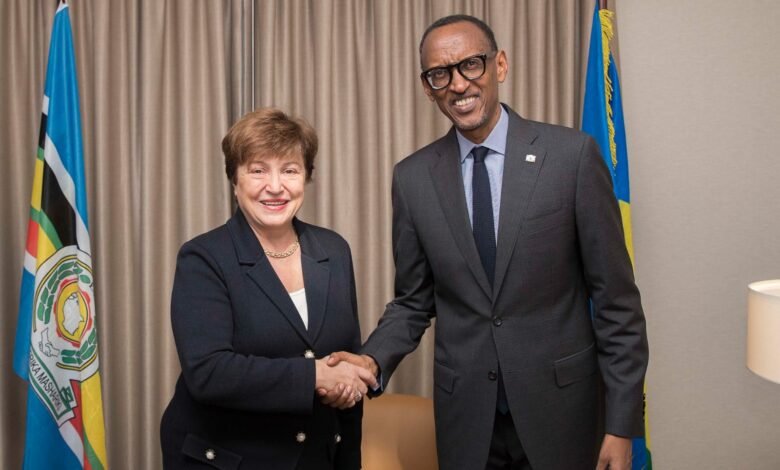
The International Monetary Fund (IMF) has approved a $164 million loan extension to Rwanda, with an immediate disbursement of $76.2 million.
This is after the IMF board concluded the third review under the Policy Coordination Instrument (PCI), the arrangement Under the Resilience and Sustainability Facility (RSF), and the first review under the Standby Credit Facility (SCF).
What Rwanda Had to Do to Meet Loan Extension
IMF says Rwanda conformed to its reforms on social safety nets and spending rationalization to meet the loan extension.
The country had also been conditioned to conform with the climate agenda under the RSF which IMF says also remains strong, “bolstering Rwanda’s resilience to climate shocks.”
Rwanda’s real Gross Domestic Product (GDP) growth surpassed expectations in 2023 at 8.2 percent, with services, construction, and post-flood recovery in food crop production as key contributors.
While fiscal consolidation may temporarily dampen growth, IMF forecasts Rwanda’s GDP to rebound to 7.3 percent in the medium term.
Also Read: Rwanda to Invest $2.37 Billion to Boost Mining Sector
“Rwanda’s services, construction, and post-flood recovery in food crop production contributed to its GDP growth and a rebound to 7.3 percent is anticipated in the medium term,” said IMF in a statement.
Rwanda has a population of 13 million people, and its public debt stood at 73.5 percent of GDP in 2023 and is projected to rise to 80 percent in 2024.
It is, however, expected to decrease to 77.5 percent in 2025 and further to 74.6 percent in 2026.
Policy Recommendations By IMF
Total external debt, which stood at 56.9 percent of GDP in 2023, is estimated to increase to 65 percent in 2024 and is projected to reach 67.5 percent in 2025.
Inflation has steadily declined since January 2023, reaching 4.2 percent in March.
This decrease is attributed to a slowdown in food prices and core inflation, providing some economic relief.
The IMF has recommended that future policies to prioritize maintaining macroeconomic and financial stability, ensuring fiscal sustainability, and restoring financial buffers.

